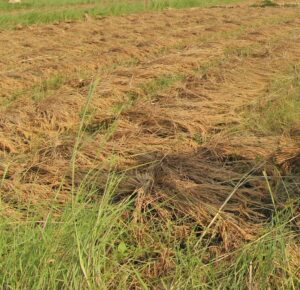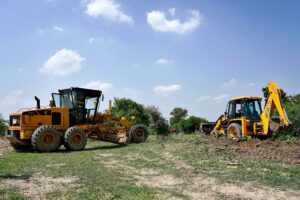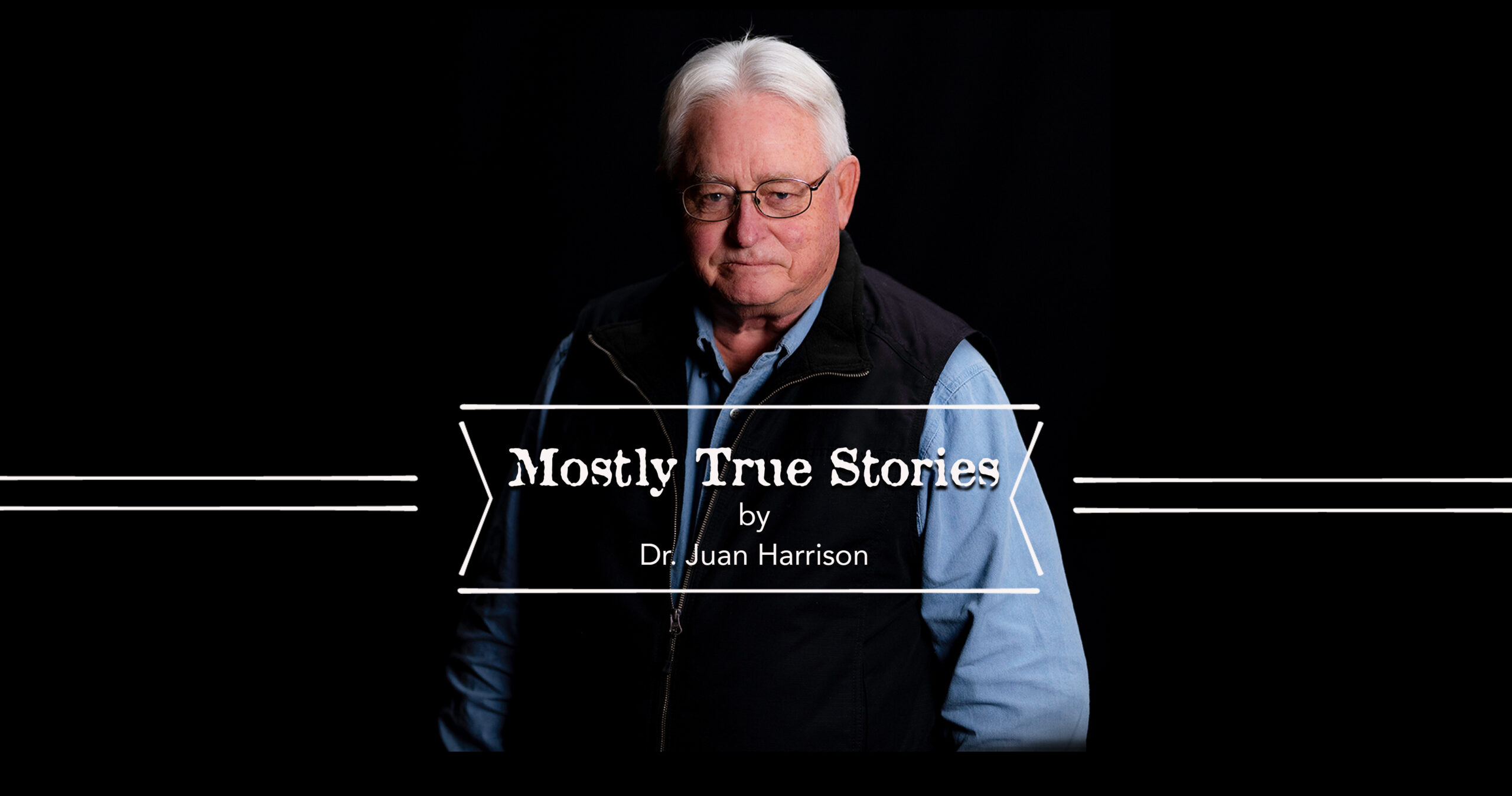Surviving drought with forage by Mario Villarino

[adning id=”33097″]
 Surviving drought requires planning for it. Your plan should include strategies for finances, grazing management and stock reduction, as well as for vegetation recovery after the drought ends.
Surviving drought requires planning for it. Your plan should include strategies for finances, grazing management and stock reduction, as well as for vegetation recovery after the drought ends.
It is important to implement a grazing plan that promotes vegetation recovery. For example, if warm-season grasses have been extremely stressed by successive years of low moisture, the eventual rains will provide some level of green growth. You will need to manage this new growth properly to give the tender new leaves a chance to mature and use sunlight to replenish the depleted nutrient reserves in the roots. Drought recovery implies a return to a previous condition. Unfortunately, droughts are often considered only temporary events, after which conditions will return to “normal.” Some ecologists suggest that this may not be true in arid and semi-arid rangelands. These ecosystems may not automatically return to the same pre-disturbance “steady state.” (Some cases of brush encroachment within the past 100 years might be examples of this.). Nevertheless, when rains do eventually come, sound grazing management practices will help the soil capture the rain that does fall and optimize forage growth. To form an effective plan, first determine your desired end point. Develop specific, measurable, attainable and trackable goals for your operation.
 It’s easier and more effective to implement a drought strategy if you have good plans and current information. Monitor the supply-demand situation by taking periodic inventories of resources, especially forage production, which is the most limiting factor during drought. As the drought worsens, you will need to monitor and make decisions more frequently in order to maintain control and reach your goals. Although you cannot forecast rainfall with 100 percent accuracy, a good conservative plan with flexibility incorporated will help you be ready for what we cannot predict. Formulate your stock reduction strategies long before the drought begins, and implement those reductions systematically. Because no one can predict the severity or duration of an individual drought, there is no such thing as a perfect plan. However, the better your plan is, the more it can help. To help ensure that the plan has the expected outcomes, a good plan should include accurate records of the decisions you make and their consequences and establish benchmarks, such as photo-point monitoring on rangelands. .
It’s easier and more effective to implement a drought strategy if you have good plans and current information. Monitor the supply-demand situation by taking periodic inventories of resources, especially forage production, which is the most limiting factor during drought. As the drought worsens, you will need to monitor and make decisions more frequently in order to maintain control and reach your goals. Although you cannot forecast rainfall with 100 percent accuracy, a good conservative plan with flexibility incorporated will help you be ready for what we cannot predict. Formulate your stock reduction strategies long before the drought begins, and implement those reductions systematically. Because no one can predict the severity or duration of an individual drought, there is no such thing as a perfect plan. However, the better your plan is, the more it can help. To help ensure that the plan has the expected outcomes, a good plan should include accurate records of the decisions you make and their consequences and establish benchmarks, such as photo-point monitoring on rangelands. .
The most critical part of drought planning may be to form a drought strategy for each enterprise (cattle, sheep, hay, etc.) of your ranch operation. Develop production calendars for each enterprise to determine when to make critical decisions such as stock reductions, increased feeding or livestock relocation.
For example, know which months the most forage is grown on the ranch and which are the critical rainfall months. When a critical level of rainfall is not received by a certain date, plan for a systematic stock reduction or feeding strategy. If you reduce stock or begin a supplemental feeding strategy as early as possible during a drought, you can reduce the severity of the drought impacts.
In all situations, forage supply must meet or exceed forage demand. Therefore, you should inventory your forage every year. Your plan should incorporate strategies for dealing with poisonous plant problems also.
For more information on this or any other agricultural topic please contact the Hopkins County Extension Office at 903-885-3443 or email me at m-villarino@tamu.edu.
[adning id=”33207″]













